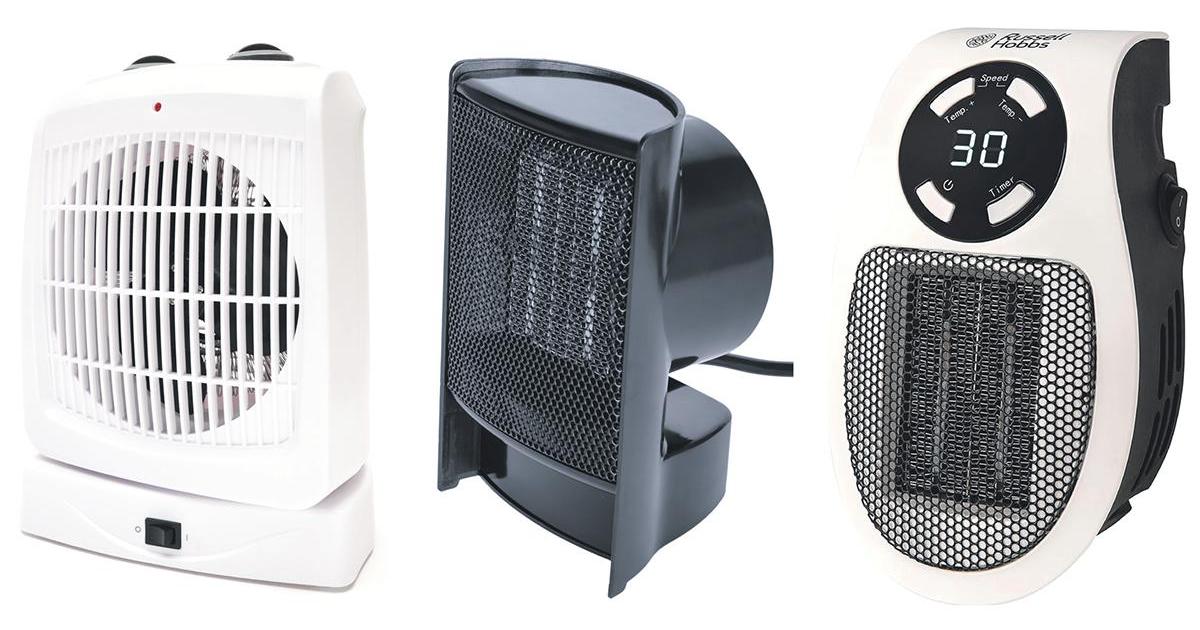By Sponsored
When buying a product, the understanding is that the exchange should be simple – you get what you pay for. However, that is not always the case, and sometimes, consumers end up paying for an unsafe product. What do consumers do when this happens? Knowledge is power – Safety Gate The Safety Gate (https://ec.europa.eu/safety-gate-alerts/) is an EU rapid alert system for dangerous non-food products. On this portal, consumers can check which products have been detected by national authorities as dangerous – the alerts also include a description of the risk involved, as well as the measures taken by the economic operator or ordered by the authority. If they find the same product on their own markets and have taken further measures, all EU Member States, Iceland, Liechtenstein and Norway have to follow up on this information – and share this information on the Safety Gate too. By sharing information, market surveillance authorities can prevent, restrict or to put conditions on placing on the market or use of products likely to present risks. Consumers can also use another platform, the Consumer Safety Gateway (https://webgate.ec.europa.eu/consumer-safety-gateway/screen/public/home). This platform enables consumers to report products bought on the EU single market (EU Member States plus Iceland, Norway and Liechtenstein), online or offline, that are dangerous and may have caused accidents or injuries although they were used under normal foreseeable conditions. In this manner, consumers can alert authorities and prevent further incidents. The Coordinated Activities on the Safety of Products At EU level, authorities also help ensure, through testing, the safety of non-food products. Every year, through the Coordinated Activities on the Safety of Products (CASP), national market surveillance authorities participate in coordinated product testing across the EU and EFTA countries. This initiative aims to enhance consumer protection by identifying non-compliant, often dangerous products, and enforce corrective measures. Joint testing campaigns enable national authorities to better identify risks and take swift actions to safeguard product safety by harmonising risk assessment approaches and sharing best practices. The programme’s results also promote heightened consumer awareness, encouraging more informed purchasing decisions. CASP is funded through the European Commission’s Directorate-General for Justice and Consumers. What were the main findings of CASP 2024? In 2024, 41 participating authorities from the EU and the EFTA responsible for market surveillance, bought more than 600 product samples in their national markets. These products included 145 baby soothers, 60 high chairs, 87 lighting chains, 80 mini electric heaters, 57 disposable electronic cigarettes, 47 children’s bicycles and 180 slime toys. For testing purposes, these items were sent to accredited laboratories in the EU – the results were then analysed and used to conduct risk assessments for products that failed to meet the testing requirements. Of all products tested, an average of only 57% met the safety requirements, with particularly concerning results observed various commonly used household goods, including electric heaters and baby products. To address the product safety issues identified, national authorities have also issued health and safety recommendations for consumers and compliance guidelines for manufacturers. Tests conducted on products sold in Malta As part of the EU’s Coordinated Activities on the Safety of Products, products sold in Malta and tested in labs across the EU, revealed alarming safety failures across a range of everyday household items. Maltese market surveillance authorities sampled seven product categories: baby soothers, high chairs, lighting chains, mini electric heaters, electronic cigarettes, children’s bicycles, and slime toys. Of the 52 products sampled, 55.77% met the safety requirements they were tested against, while 44.23% did not. Over 60% of disposable electronic cigarettes and lighting chains tested failed to meet safety requirements, and none of the children’s bicycles complied with at least one of the testing requirements. Serious hazards identified – including high chair instability and injury risk, product toxicity, undeclared nicotine, missing health warnings, and potential electric shock – have triggered EU-wide alerts and enforcement of appropriate measures to protect consumers. Which products failed to meet safety standards? • Disposable electronic cigarettes – over 60% of products tested failed, primarily due to the serious chemical risks. • Lighting chains – 60% of items tested were also found to be non-compliant. • High chairs – over 30% of these products for young children did not meet at least one of the safety requirements. • Children’s bicycles – none of the four models tested met at least one of the testing requirements. Action taken In response to these serious safety failings, Maltese authorities took immediate action to safeguard consumers – including issuing EU-wide alerts, requesting that manufacturers mark products with appropriate warnings, recalling products from consumers, and withdrawing them from the market. National authorities also issued health and safety recommendations for consumers and compliance guidelines for manufacturers.
